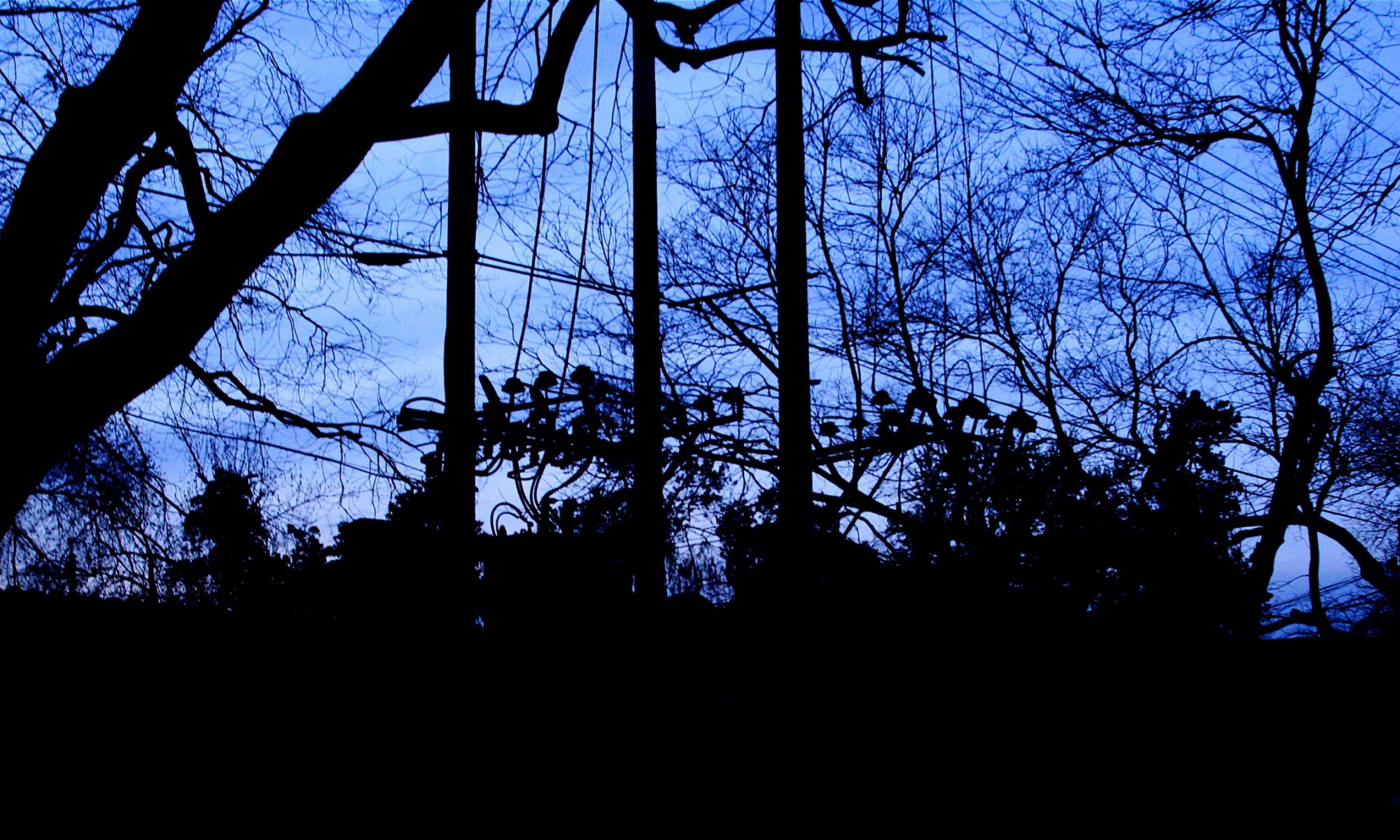4. The Supreme Court and the Costs Court are different
The Taxing Master was an officer of the Supreme Court. But the Costs Court is something different from the Supreme Court, even though it is said by the amendments to the Supreme Court Act 1986 by which it came into existence to be created within the Trial Division of the Supreme Court.[1]
Its powers are spelt out in s. 17D(1):
(a) taxation of costs in Supreme Court proceedings;
(b)-(d) taxation of costs in the Magistrates’ and County Courts and VCAT proceedings;
(e) taxation of costs in certain arbitrations;
(ea)-(g) taxation of costs under the Legal Profession Uniform Law (Victoria) and its predecessors [i.e. as between solicitor and own client or barrister and solicitor, etc.];
(h) any other power given to it by legislation, including the Supreme Court rules (such as s. 17D(2), perhaps the Civil Procedure Act 2010, and r. 63.35 of the Supreme Court’s General Civil Procedure Rules, all discussed below).
The Costs Court is not a superior court of record. In Owerhall v Bolton & Swan Pty Ltd [2015] VSC 417 Bell J observed at [7] that the Costs Court is ‘a statutory court of limited jurisdiction’, and said:
‘In relation to matters within its jurisdiction, s 17D(2) gives the Costs Court such powers of ‘the Court’, ie the Supreme Court, as are necessary to enable the exercise of that jurisdiction. But, if a matter does not relate to [the jurisdiction identified under s 17D], the Costs Court does not have jurisdiction, and therefore may not exercise any powers, in relation to it.’
In that case, the Costs Court was found not to have jurisdiction to hear an application to set aside a settlement reached at a mediation it conducted which had compromised three matters, only one of which was the proceeding in the Costs Court. The right to a taxation had merged in the settlement – Mr Owerhall acknowledged that the settlement had been arrived at but sought to have its contractual basis set aside – leaving nothing on which the Costs Court’s jurisdiction could be founded unless and until it was set aside.
The Costs Judge’s referral of the question to the Supreme Court under r. 63.51 did not assist matters, Bell J found, because if the Costs Court did not have jurisdiction in the first place, it did not have jurisdiction to refer the matter ([9] ‘A river does not rise higher than its source.’) His Honour made Mr Owerhall commence a fresh proceeding in the Supreme Court to seek to have the settlement agreement set aside.[2]
The Supreme Court (General Civil Procedure) Rules 2015 do not necessarily have direct operation in the Costs Court, it seems to me. Order 63 has application in taxations by virtue of r. 63.01(3), not because of the Rules’ application provision, r. 1.05. The rules about offers of compromise have operation, in a modified way, only by virtue of being incorporated by reference into O63 by r. 63.36(3).[3]
Two characteristics of inferior courts of limited jurisdiction are worth noting:
-
- The parties cannot give a statutory court of limited jurisdiction like the Costs Court jurisdiction that it does not otherwise have: Marriner v Meerkin & Apel [2019] VSC 36 at [67].
- Orders of statutory courts of limited jurisdiction (unlike those of the Supreme Court) which are made without jurisdiction are nullities, and may lawfully be disregarded by those bold enough to do so even if they have not been set aside or declared to be nullities: Herald and Weekly Times Pty Ltd v VCAT [2006] VSCA 146 at [33].
[1] Section 17C(1).
[2] See Stephen Warne, ‘Man fails to set aside compromise of taxation of costs’, The Australian Professional Liability Blog, 11 March 2016.
[3] As an aside, that rule is expressly subject to the 15% rule in r. 63.85 and expressly subject to ‘any Act’. It might be argued that it is subject to s. 303 of the Legal Profession Uniform Law with its own 15% rule and its rules about costs disclosure defaulters being responsible for the costs of taxation, such that it has no operation in a costs assessment under the Uniform Law.

